Shanhua was originally inhabited by the Siraya, an aboriginal tribe who called it Bakaloan (目加溜灣). It was one of the four major towns established by the tribe. In 1625, the Dutch East India Company faced resistance from the aborigines when they tried to collect bamboo. However, they were able to conquer the town in 1635 and began establishing schools and churches, renaming the place Tevoran. They encouraged Han settlers to cultivate the area. During the Siege of Fort Zeelandia, Koxinga drove the Europeans out of Taiwan. Under the Kingdom of Tungning, Bakaloan was governed as Shanhua Village (善化里) of Tien-hsing County (天興縣). The region was originally known as Oanli (灣里街) before being changed back to Shanhua (善化) during Japanese rule in 1920. In 1940, the village was upgraded to Shanhua Town (善化街).
Qing'an Palace (慶安宮)
Qing'an Palace (慶安宮) has historical significance in the Shanhua area. In the past, the Shanhua area was home to the Miaojiawan, one of the four largest Siraya communities. During the Dutch period, the Miaojiawan company was not under the Dutch East India Company. The Dutch built a church in 1636, and the first Sabbath service was held by Pastor Louis Junius in 1637. The current Qing'an Palace is said to be located on the site of the church.
During the Qing Dynasty, the site of the Dutch-built church was transformed into a Confucius Temple. In 1704, the Confucius Temple was relocated to Zhuluo County, and the original site became known as Wenchangyu, serving as the cultural and educational center of Wanli (the old name for Shanhua). The Wenchangyu collapsed during an earthquake in 1861. After several years of fundraising, the reconstruction project began in 1864. During the reconstruction, the residents of Wanli Street prayed for Antai and renamed the new temple "Qing'an Palace," changing the main god from Futian Palace to Mazu.
In 1895, Japanese military commander Kitakawagawa arrived in Shanhua and was stationed in the Chinese medicine shop next to Qing'an Palace. When the Wanli Disciplinary Office was established in 1897, the back hall of Qing'an Palace was used as office space. The Qing'an Palace was rebuilt in 1908. In 1942, it was demolished. After World War II, the local officials decided to rebuild Qing'an Palace in 1947. The main hall was completed, and the statue of Mazu was placed there. The current main hall of Qing'an Palace still retains the wood structure from the Jiaqing and Tongzhi periods.
In 1961, the apse was built, and in 1965, the town hall held the Mazu Kaiguang ceremony. In 1967, the Qingzu Palace Mazu went to Fucheng Datianhou Palace for incense. Later, in 1973, the Five Dynasties Qi'an Jianye Grand Ceremony was held. In 1981, the bell and drum tower was built in the east and west hatchbacks. In 1989, the original apse was demolished, and it was reconstructed two years later. During the construction of the archway and the renovation of Zhongshan Road in July, the "Dutch Well" was revealed. In 1997, it was announced as a third-level monument. In 2004, the cultural relics museum was opened in the west wing of Qing'an Palace in Shanhua, and in 2005, the Shen Guangwen Memorial Hall was established on the second floor.
Shanhua Theatre (灣裡街戲院 遺跡)
Shanhua Theatre used to have indoor and open-air theaters with a total of eight rooms, according to the local population. There were theaters such as Jindu Theatre (now Lai Chinese Medicine Joint Clinic) and Wanli Street Theatre (next to the market building on Zhongxing Road). Sinhua Theatre, founded in 1932, was closed in 1981 and demolished in 2015. This old theater had accompanied the history of the Shanhua people for 83 years. Originally built on Zhongzheng Road (next to POYA), it was taken over by Mr. Hu Yulin and Mr. Wang Dingxun after World War II. Due to Japan's defeat, many of the films that were played there were taken back to Japan. The theater transitioned to Taiwanese opera in 1940. Starting in the 1960s, Taiwanese films gained popularity among the locals, and in the 1970s, song and dance troupes began to rise. With the advent of television and video tapes as the main form of entertainment in the 1980s, the theater struggled to attract customers and eventually went out of business in 1981.
More pictures and informations (in Chinese) about the demolished now theatre you can find here: http://lifeintainan.com/2015-11-16-344/
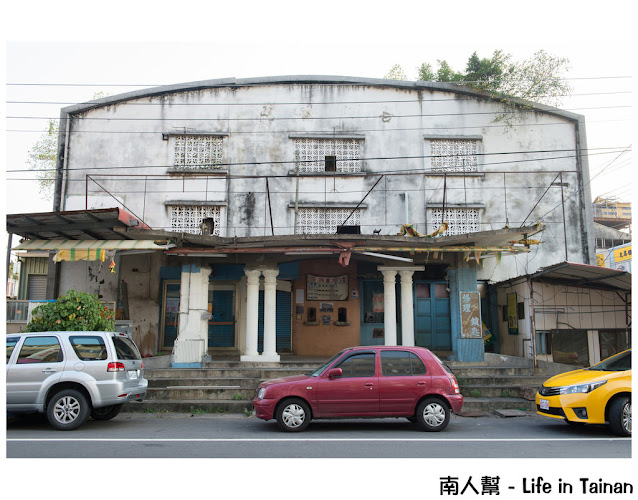 |
| Shanhua Theatre before being demolished Picture source: http://lifeintainan.com/2015-11-16-344/ |
Shanhua Cow Market (牛墟)
'Shanhua Cow Market is only held a few times a month. It opens from 5:30 am to 12 pm. The Shanhua Cow Market began operating around 1870 and was one of the larger and well-known cow markets in Taiwan. However, cow markets were banned by the government in 1999 due to the Foot-and-Mouth Disease epidemic. Now, the Shanhua Cow Market functions as a regular farmer's market, held on the 2nd, 5th, 8th, 12th, 15th, 18th, 22nd, 25th, and 28th of each month. It offers various items such as engines, seedlings, baby chicks/ducks/geese, plants, fruits, vegetables, poultry, bamboo baskets, stainless steel pots, hand-made brooms, and other everyday items. The cow market is also known for its food, including beef soup and beef stir-fry. Some rare dishes like turtle soup or bull's penis can also be found. Shanhua is famous for its fresh beef soup due to having the largest cattle slaughterhouses in Taiwan.
You can also visit the morning and night markets in Shanhua. The morning market can be found along Zhongxing Road and nearby streets, and it opens every day until 12 pm. The night market is open three times a week (Tuesday, Friday, and Sunday), with the largest one being held on Friday.
During May and June, golden shower trees bloom, adding a beautiful view to the surroundings. These trees can be seen growing all around Tainan, in parks and nearby roads. The golden shower tree is native to the Indian subcontinent and Southeast Asia, and it is widely planted as an ornamental tree. The flowers of the tree can be eaten, and the leaves are often used as animal feed, although most parts of the tree are poisonous. It is also used as medicine to cure fever or skin problems. The golden shower tree is the national flower of Thailand.
See also: Shanshang Cherry Blossom
Water hyacinth in Tainan Science Park
Water hyacinth is a free-floating aquatic plant native to the tropical and subtropical regions of South America, particularly the Amazon Basin. Water hyacinth can rise above the water's surface by as much as 1 meter in height. It is considered a highly problematic invasive species outside its native range.

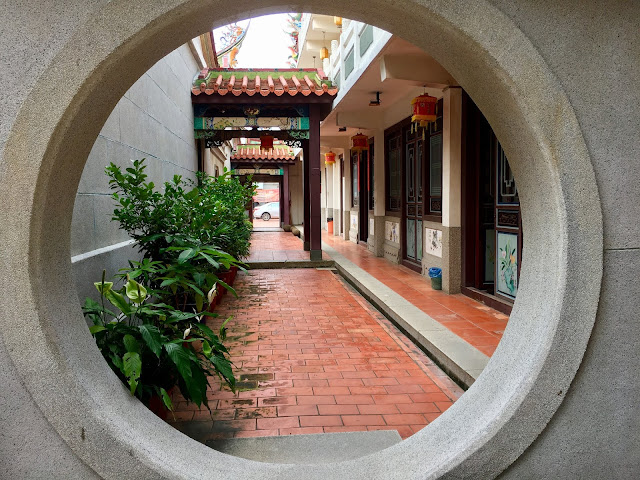










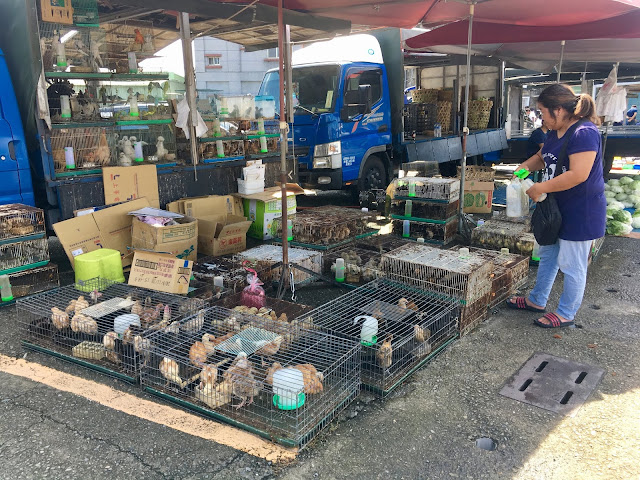


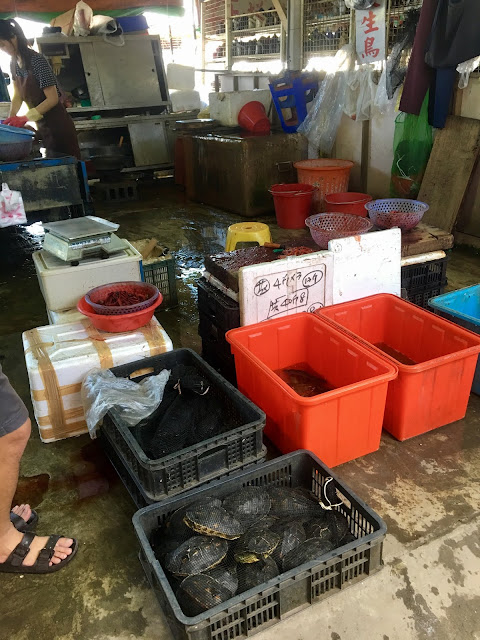


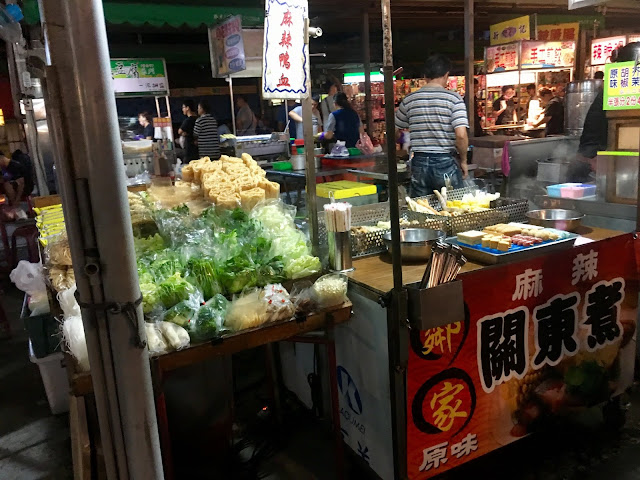
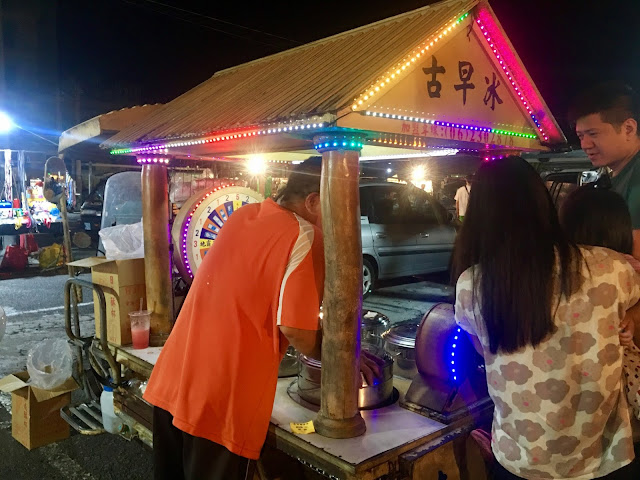



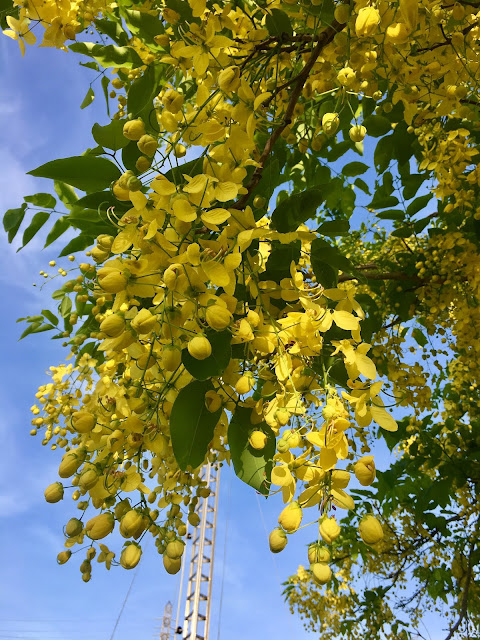






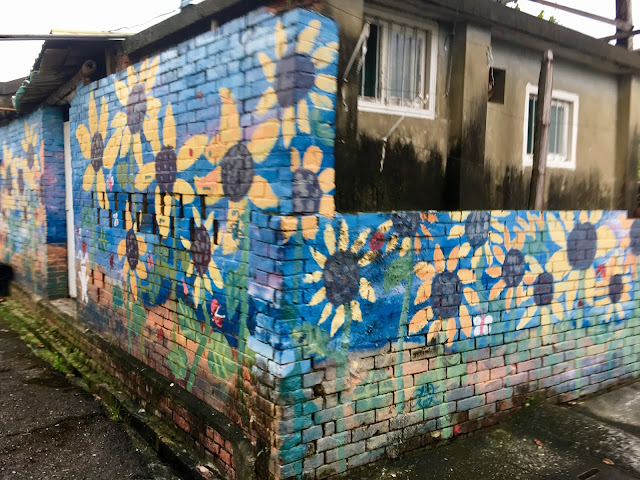
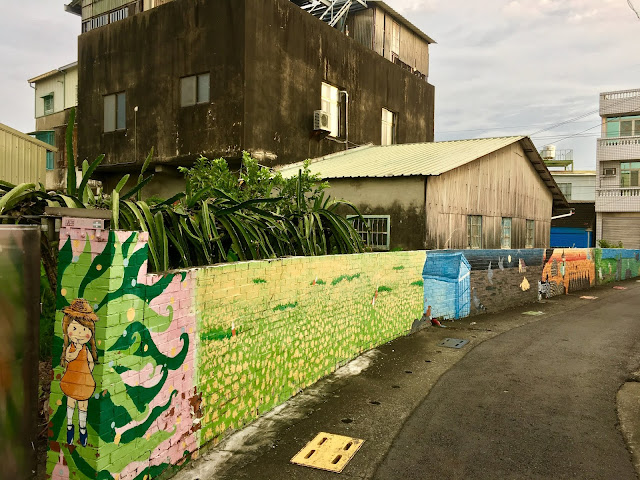
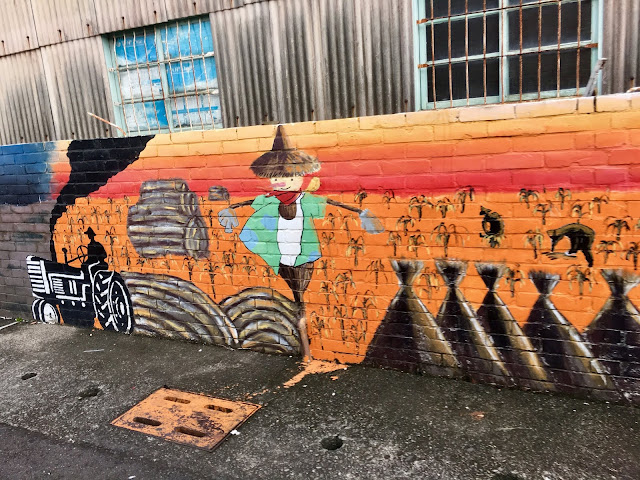

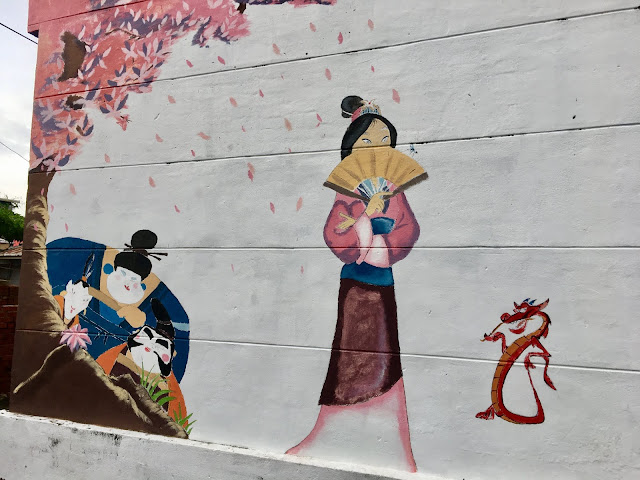






0 komentarze:
Post a Comment